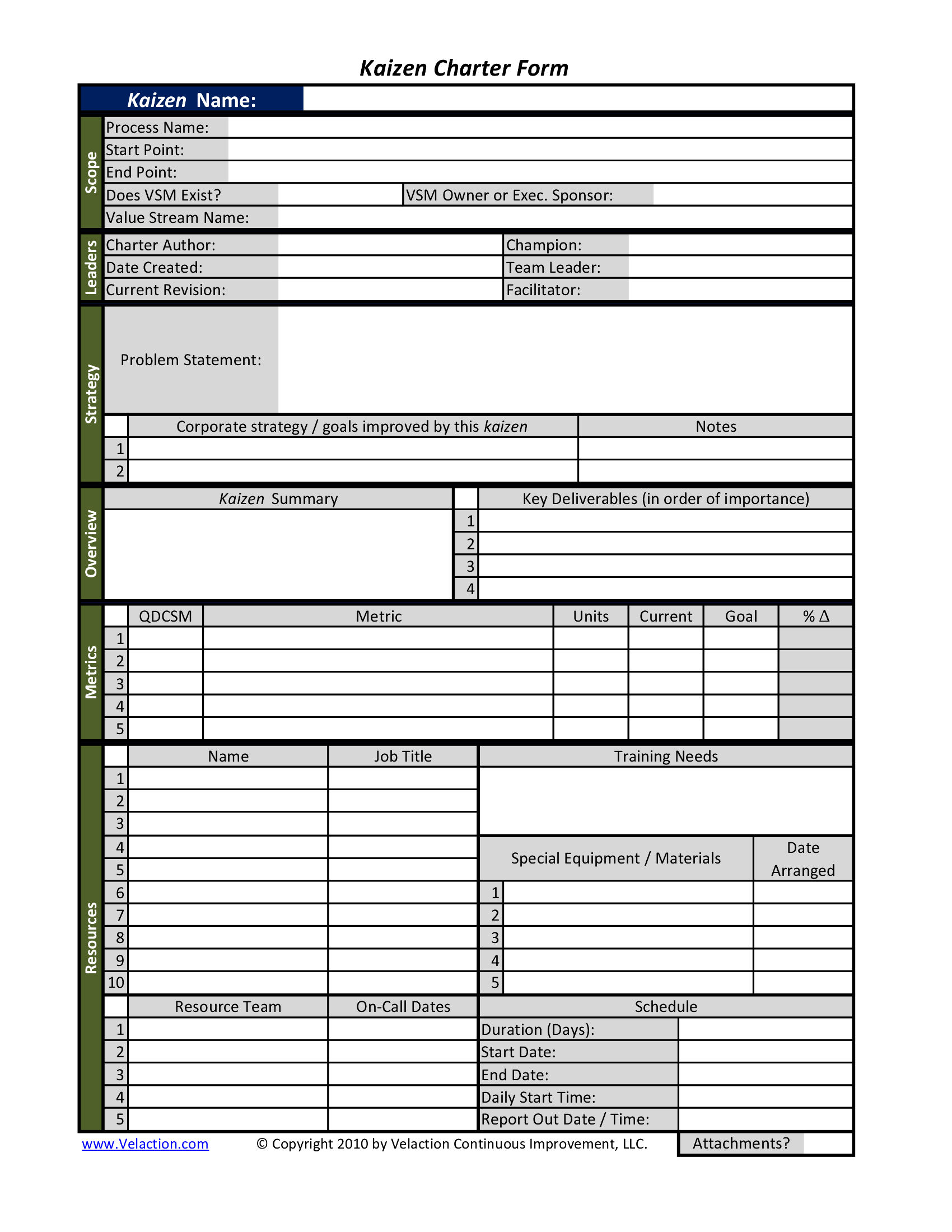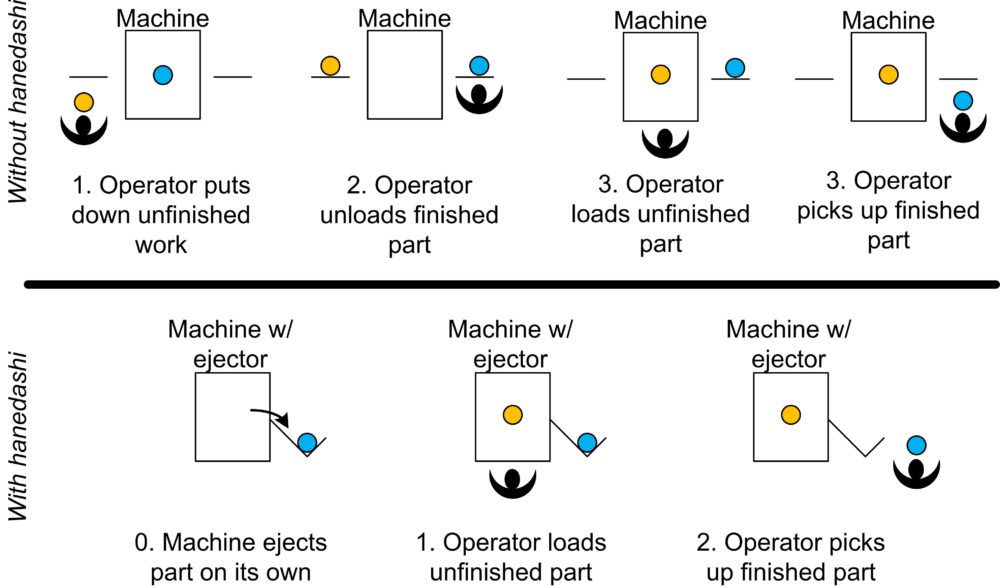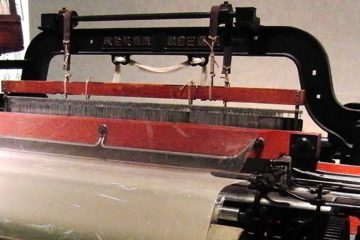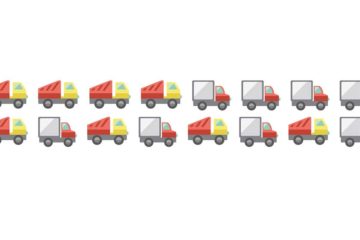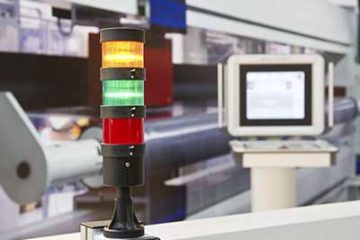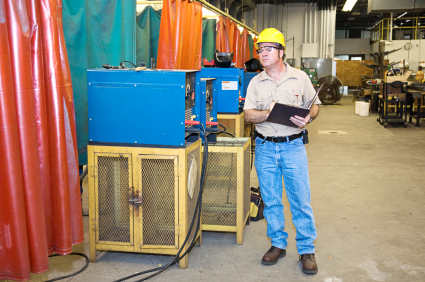Kaikaku
Kaikaku is revolutionary change. Where kaizen is generally evolutionary in nature, Kaikaku requires radical shifts in thinking. Revolutionary changes tend to be far more challenging in nature and much less common than incremental improvement. Because of the broad, sweeping changes that kaikaku brings, it is generally driven by higher level Read more…
